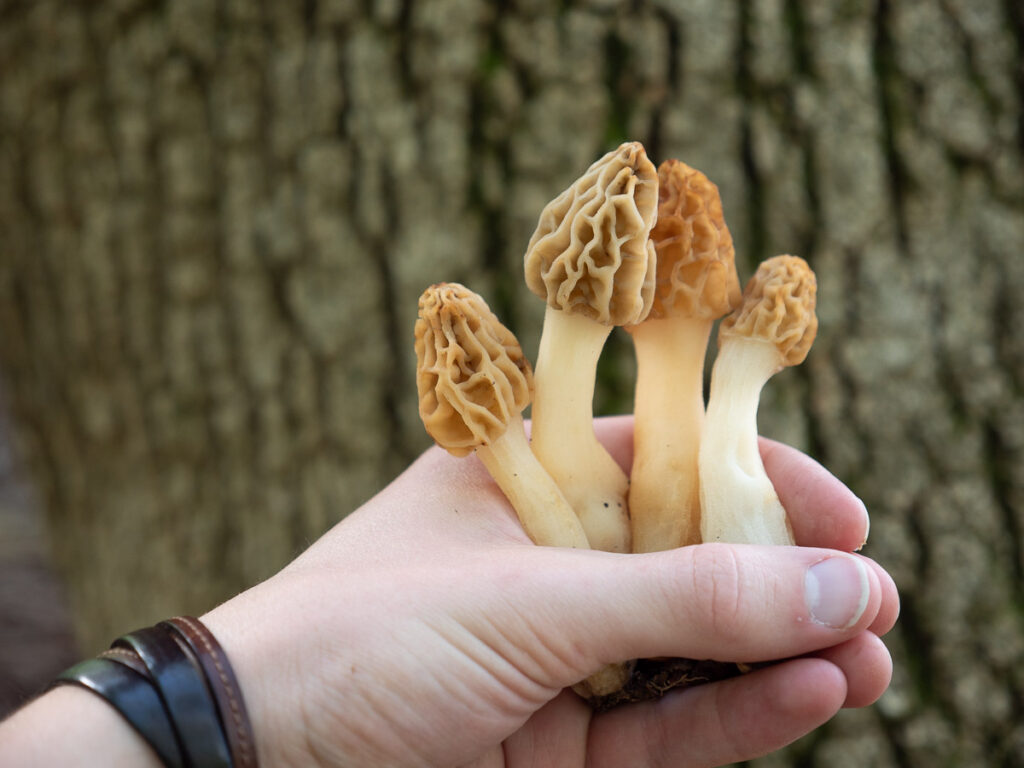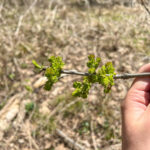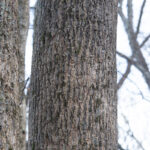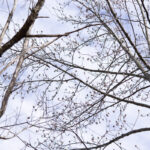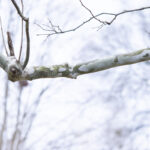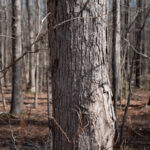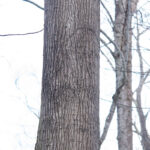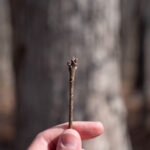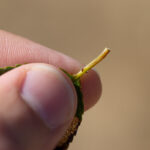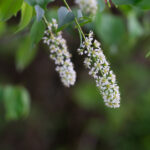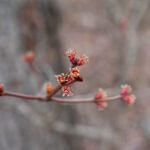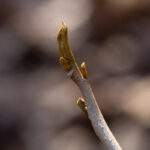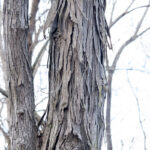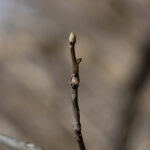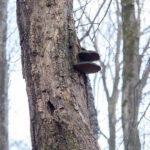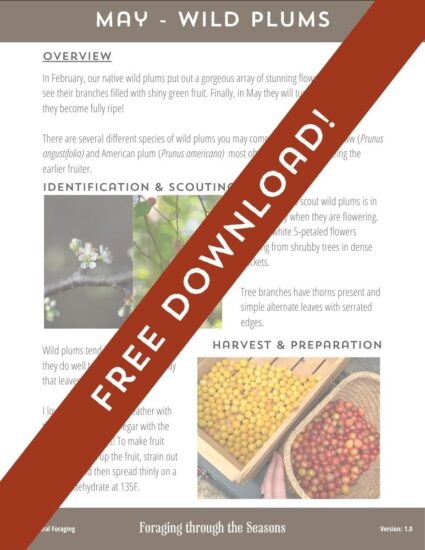Premise
Dozens of sites tell you about trees that may be associated with morels. This article will be a little bit different, instead of just copying and pasting what others have written, I have indexed many ‘morel tree association’ websites and compiled the data to show you the most common trees that writers claim to be associated with morels.
Morel Tree Associations by Claim Frequency
We will break down trees by their frequency of being mentioned in a morel tree association article. Note – groups of trees by genera (e.g. – Hickory) will not be broken down into species in this article. The categories will be:
Morel Tree Associations
Most Frequent
These are associations that you will almost always find in morel tree associations articles.
Elm- Ulmus

Elm, particularly Slippery Elm (Ulmus rubra) is by far the most mentioned morel associated tree. While Slippery Elm is most often mentioned you will also see species like American Elm (Ulmus americana) and Siberian Elm (Ulmus pumila).
When discussed, it is typically mentioned that one is looking for dead or dying elm trees, not live ones. There is believed to be a correlation between old elms and morels.
Identification: Elm trees are deciduous and can grow up to 40-80 feet tall. They have a distinctive vase shape with a long, arching trunk and spreading branches. Elm leaves are alternate and oval-shaped, with a pointed tip and serrated edges. They are usually about 3-6 inches long and 2-3 inches wide. Elm bark is grayish-brown and deeply furrowed, with a ridged texture.
Ash - Fraxinus
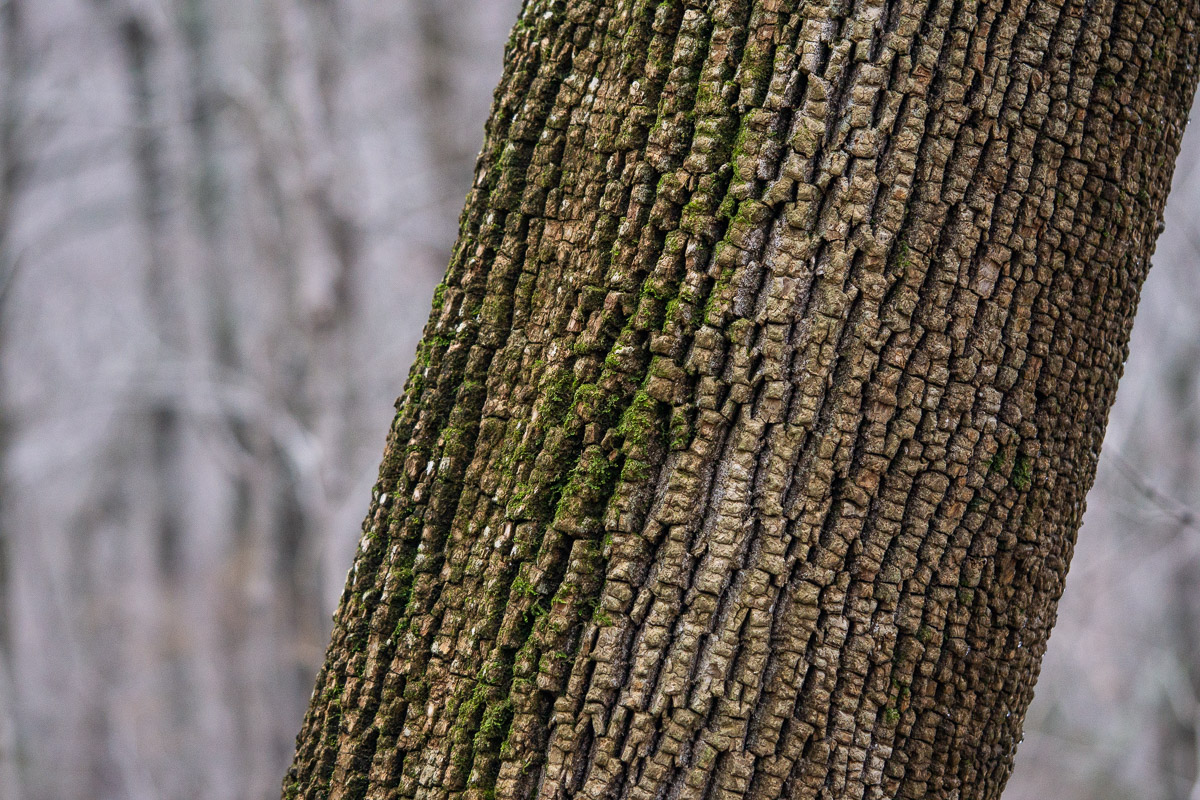
Ash – Fraxinus spp. is a close second in frequency of being mentioned. This typically includes two common ash trees:
- White Ash – Fraxinus americana
- Green Ash – Fraxinus pennsylvanica
In the Southeast, I often find my morels close to Ash trees.
Identification: Ash trees are deciduous and can grow up to 80 feet tall. They have a relatively straight trunk and a rounded crown with spreading branches. Ash leaves are compound, with 5-11 leaflets that are arranged opposite each other along the stem. The leaflets are elliptical and have obvious to slightly serrated edges. Ash bark is smooth and gray when young, becoming fissured and diamond-shaped with age.
Apple - Malus
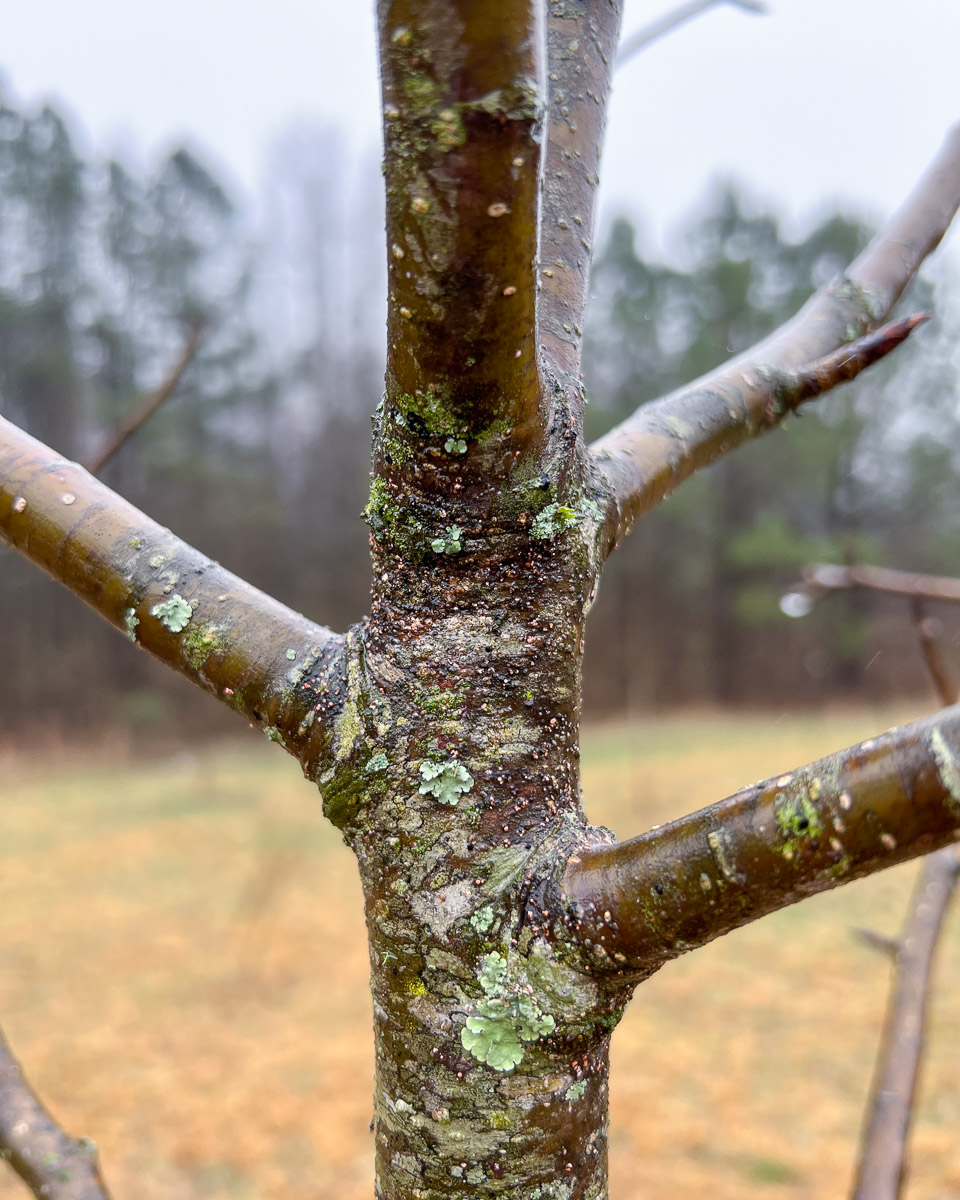
Apple, particularly old apple orchards, is very often referenced as a prime location to find morels. Should you ever stumble upon an old apple orchard, you should definitely mark the spot and check the following season!
Identification: Apple trees are deciduous and can grow up to 30-40 feet tall. They have a spreading crown with many branches that form a rounded shape. Apple leaves are oval-shaped with a serrated edge and a pointed tip. They are usually about 2-4 inches long and 1-3 inches wide. Apple bark is smooth and grayish-brown, becoming rough and scaly with age.
Frequent
Trees that are usually but not always mentioned in morel tree association articles.
Tulip Poplar - Liriodendron tulipifera
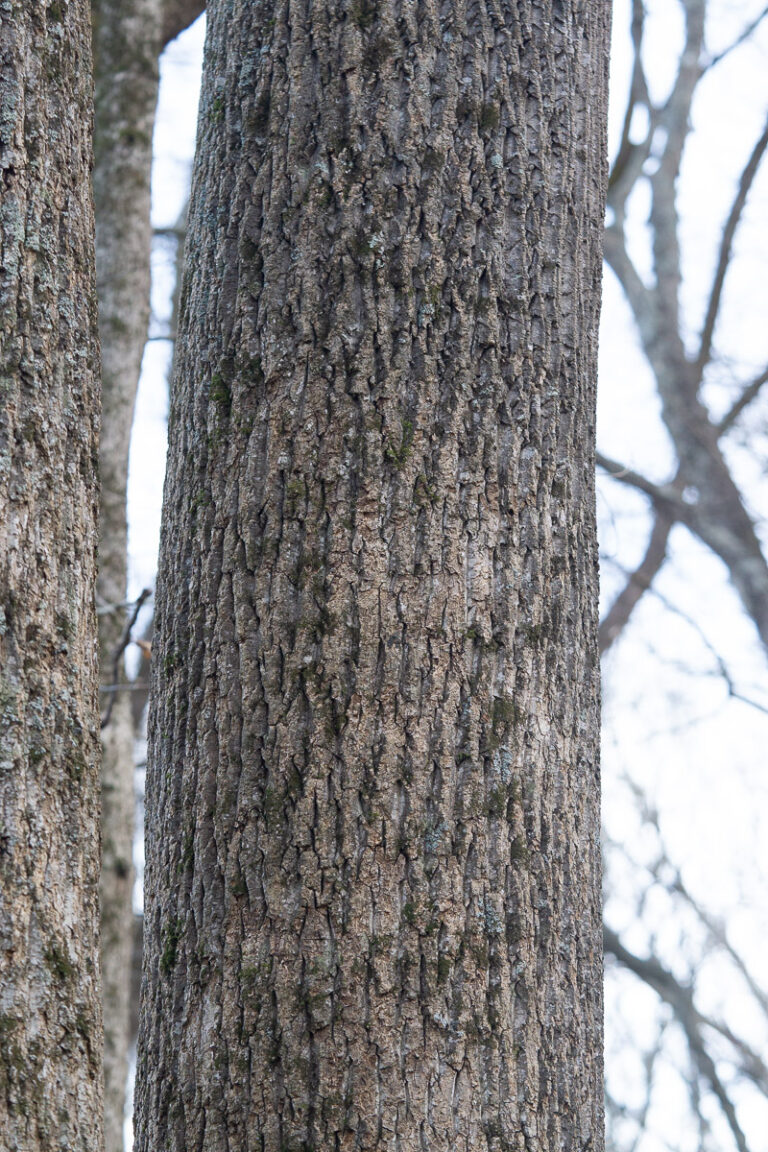
Identification: Tulip poplar trees are deciduous and can grow up to 100 feet tall. They have a straight trunk and a conical shape with a broad crown. Tulip poplar leaves are distinctive, without any close lookalikes. They are typically 3-6 inches long and 4-6 inches wide, with a smooth edge and a V-shaped notch at the tip. Tulip poplar bark is grayish-green and smooth when young, becoming gray-brown and furrowed with age.
Sycamore - Platanus occidentalis

Identification: Sycamore trees are deciduous and can grow up to 100 feet tall. They have a straight trunk and a broad, spreading crown with many branches. Sycamore leaves are large and somewhat resemble maple leaves, with 3-5 lobes that are serrated at the edges, but with an alternating pattern. They are usually about 4-8 inches long and wide. Sycamore bark is distinctive, with a mottled appearance that includes patches of white, gray, and brown. Buds are red-purple with yellow twigs that have stipule scars that surround the twig at each leaf node.
Cottonwood - Populus deltoides
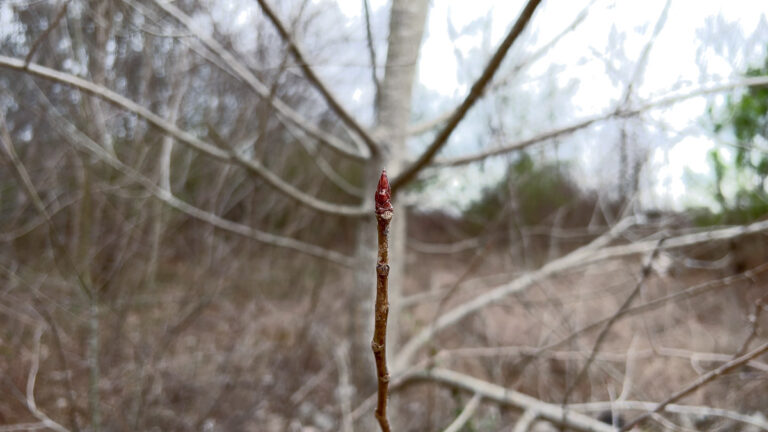
Identification: Cottonwood trees are deciduous and can grow up to 100 feet tall. They have a straight trunk and a narrow, conical shape with a broad crown. Cottonwood leaves are triangular and have serrated edges. They are usually about 3-6 inches long and wide. Cottonwood bark is grayish-brown and deeply furrowed, with a ridged texture.
Infrequent
Some articles mention these species, but only from time to time.
Oak - Quercus

Identification: Oak trees are deciduous and can grow up to 100 feet tall. They have a broad, spreading crown with many branches. Oak leaves are distinctive, with a lobed shape that varies depending on the species. They are usually about 4-8 inches long and wide. Oak bark is usually rough and deeply furrowed, with a ridged texture for oaks in the white oak group and smooth tight bark in the red oak group. Ends of buds are clustered at the twig apex.

Identification: Cherry trees are deciduous and can grow up to 80 feet tall. They have a spreading crown with many branches that form a rounded shape. Cherry leaves are oval-shaped with a serrated edge and a pointed tip. They are usually about 2-5 inches long and 1-3 inches wide. Cherry bark is smooth and reddish-brown, becoming fissured with age. The bark retains visible horizontal lenticels even with age. Black cherry (Prunus serotina) is the most common wild cherry tree in Eastern North America that you will encounter in the woods.
Aspen - Populus

Not to be confused with Popular deltoides (Cottonwood). The common name Aspen typically refers to the following trees:
- Populus grandidentata – Bigtooth aspen
- Populus tremuloides – Quaking aspen
Identification: Aspen trees are deciduous and can grow up to 80 feet tall. They have a slender trunk and a narrow, oval-shaped crown. Aspen leaves are small, round, and have a serrated edge. They are usually about 2-3 inches in diameter. Aspen bark is smooth and white, with black diamond-shaped marks called lenticels.
Aspen trees do not occur in my area, so I don’t have too many comments about them.
Rare
A few articles that I have found will mention the below species.
Maple - Acer
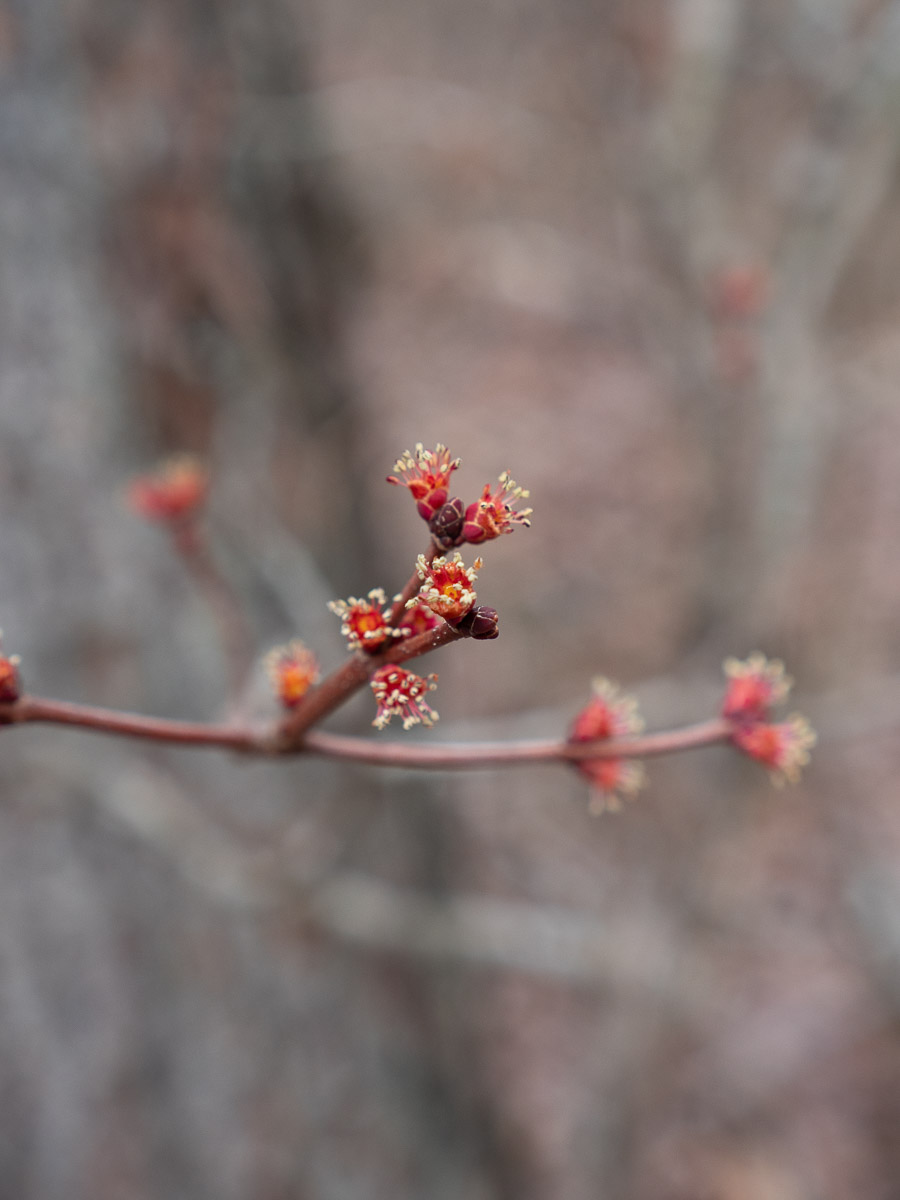
Identification: Maple trees are deciduous and can grow up to 100 feet tall. They have a spreading crown with many branches. Maple leaves are distinctive and oppositely arranged, with a lobed shape that varies depending on the species. They are usually about 3-6 inches long and wide. Maple bark is usually smooth and grayish-brown, becoming furrowed and scaly with age. The flowers of some maple species, like Red and Silver maple (A. rubrum and A. saccharinum) are some of the earliest to emerge in Spring!
Hickory - Carya

Identification: Hickory trees are deciduous and can grow up to 80 feet tall. They have a straight trunk and a rounded crown with many branches. Hickory leaves are compound and alternating, with 5-9 leaflets that are arranged opposite each other along the stem. The leaflets are elliptical and have serrated edges. Hickory bark is rough and deeply furrowed, with an interlacing pattern, especially seen in that of Shagbark hickory (Carya ovata).
Pear - Pyrus
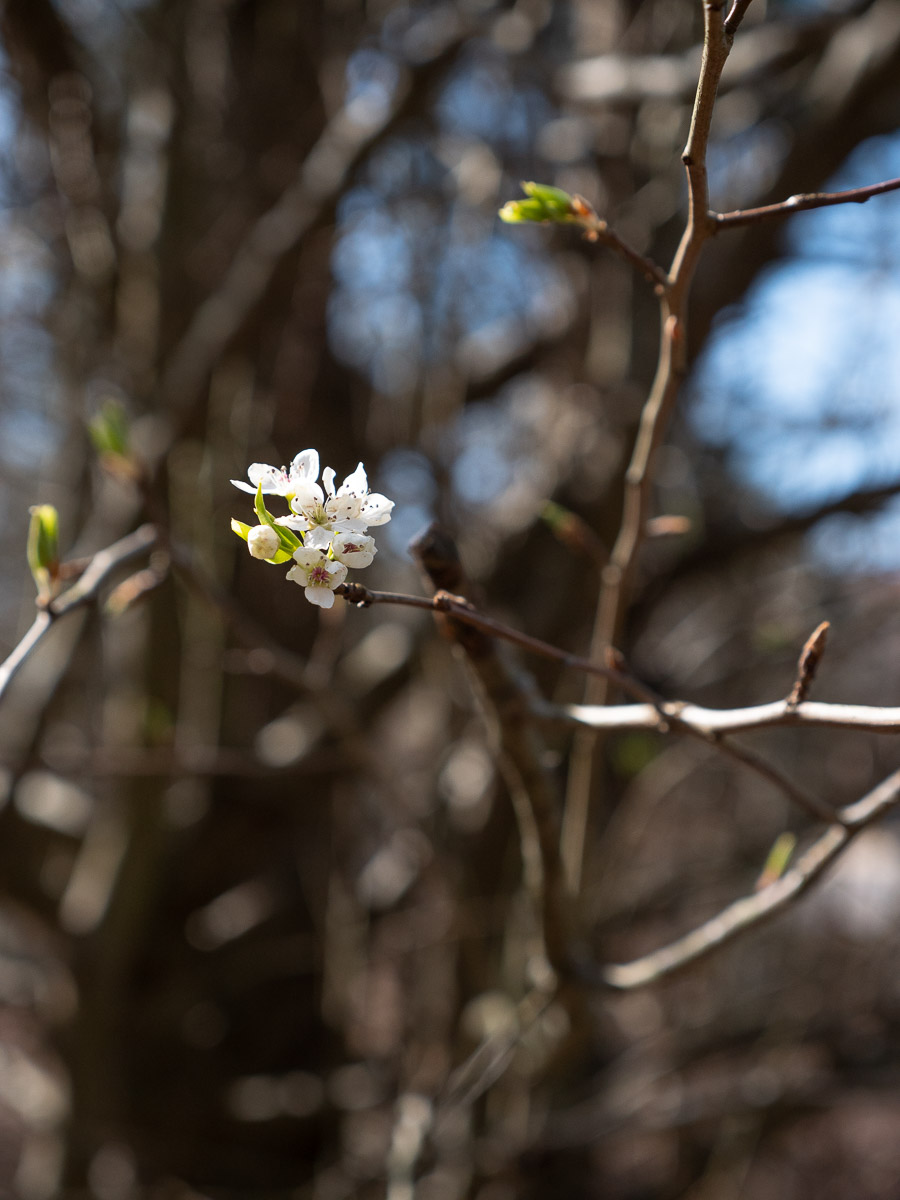
Identification: Pear trees are deciduous and can grow up to 30-40 feet tall. They have a narrow, conical shape with a spreading crown. Pear leaves are oval-shaped with a pointed tip and a serrated edge. They are usually about 2-4 inches long and 1-3 inches wide. Pear bark is smooth and grayish-brown, becoming fissured with age. Common invasive trees like Bradford pear are distinguished by their foul-smelling early white blooms. Many pear trees have thorns present on their branches.
Black Locust - Robinia pseudoacacia
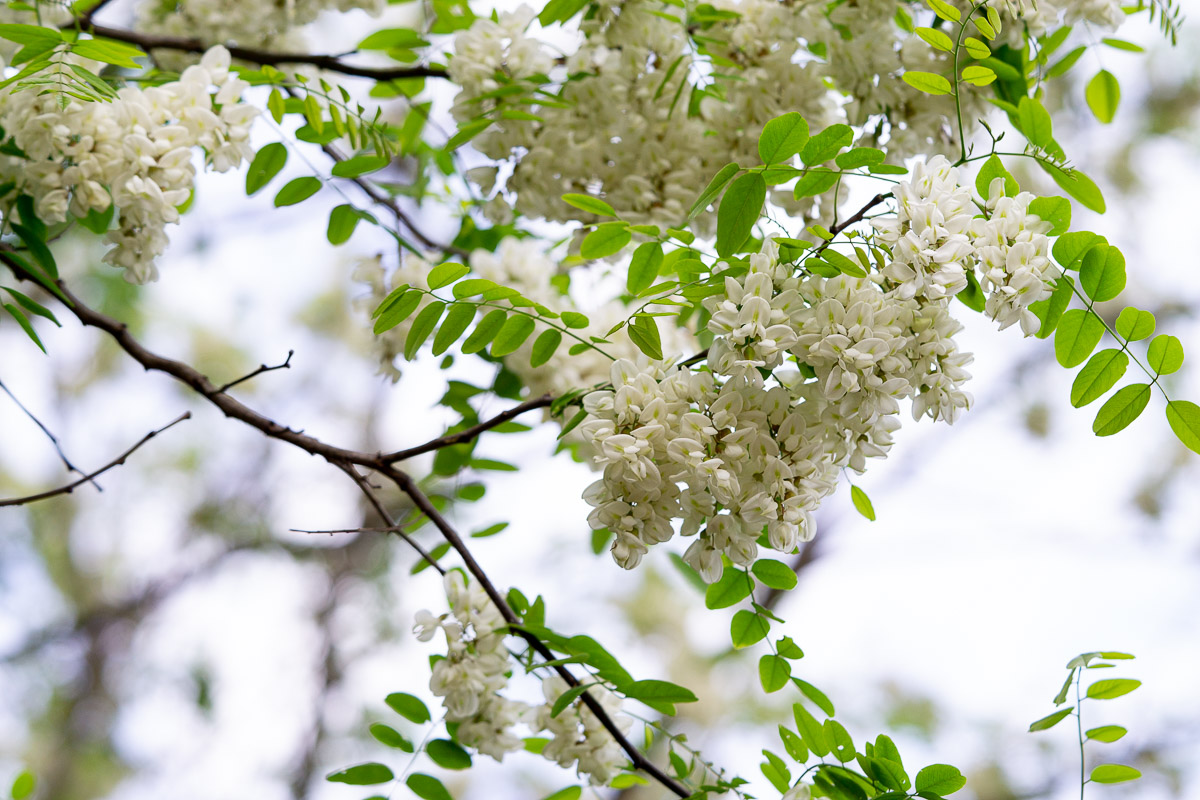
Identification: Black locust trees are deciduous and can grow up to 80 feet tall. They have a straight trunk and a narrow, conical shape with a spreading crown. Black locust leaves are compound and alternating, with 7-19 leaflets that are arranged opposite each other along the stem. The leaflets are elliptical and have a smooth edge. Black locust bark is deeply furrowed and dark gray, with ridges that are arranged in a diamond pattern.
Why are Morels Associated with Trees?
Some fungi, such as Chanterelles, are mycorrhizal and can only survive by forming a mutualistic relationship with the trees that surround them. With fungi like Chanterelles, we see more “picky” behavior in terms of what trees they form associations with.
Though morels have been shown to form mycorrhizal relationships, they are capable of producing energy through other means. Perhaps this is why the tree associations of morels are much broader than that of chanterelles.
I would postulate that many of these associations are based on mutual success in a particular environment rather than a direct mycorrhizal relationship.
Tree associations are not everything when it comes to morel hunting, but it’s not a bad place to start either!
Hopefully, this article has been helpful to you. Happy hunting!

